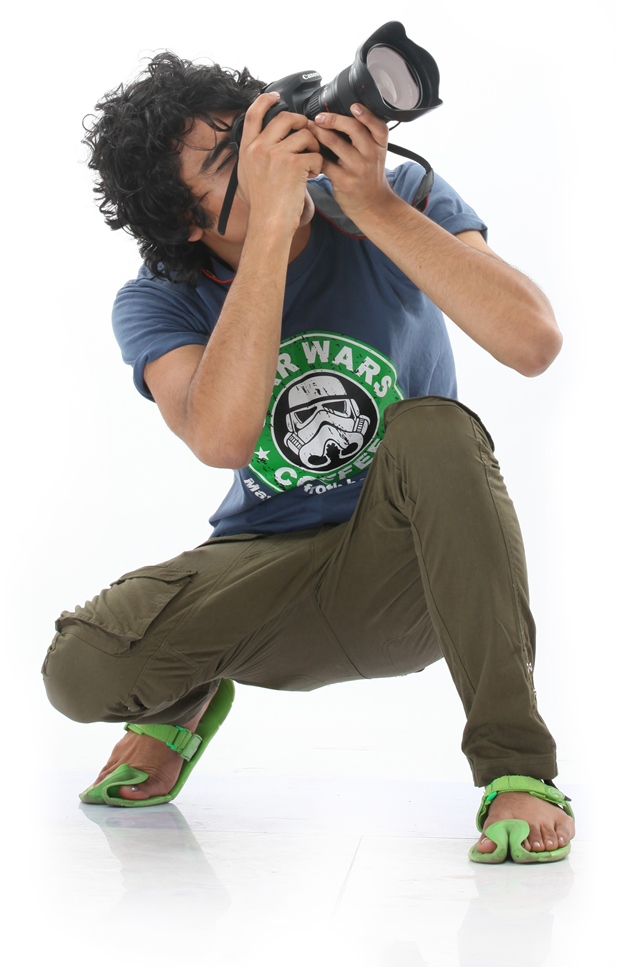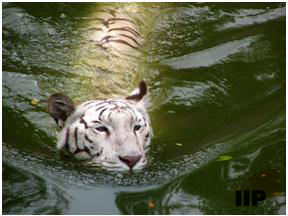


1. New photography tutorials and tips
2. Latest photography assignments
3. Photo competitions and prizes
Enter your email below to subscribe.
Do you enjoy wildlife photography? If the answer is "Yes", then I am sure, you surely must be feeling helpless sometimes as going to a National Park is a time consuming and costly affair. Even if you go, you have to be lucky enough to sight an animal of your choice (at least for some minutes) and at a fair distance to create a good composition. In National Parks, even the lens with longest focal length might fall short, as the subject of your interest can be at any distance and can be looking at random direction. Further, you need to plan everything in advance (the tickets, the baggage) and gather lot of information beforehand.

Still, to keep your passion of wildlife photography alive, you can consider other options, such as Zoological Parks (Zoo). These parks are available at almost all the metros and big cities. The wild animals are kept in fairly large captive areas and fed with the all food of requirement. They also have veterinary doctors, zoo keepers and full administration to manage the animal's requirement. Even, you can find some animals like White Tiger in Zoo, which are not available in natural habitats anywhere in the world. You can also find some animals, which are not native to your country, such as Giraffes and Zebras in India. Over and above this, everything is at a fairly good photographic distance.
Although, the thrill of wild life photography in natural world cannot be compared with Zoo, but considering the positive aspects discussed above, Zoo can also be a good place to follow your passion.
Indian Institute of Photography | Copyright © 2025. All Rights Reserved